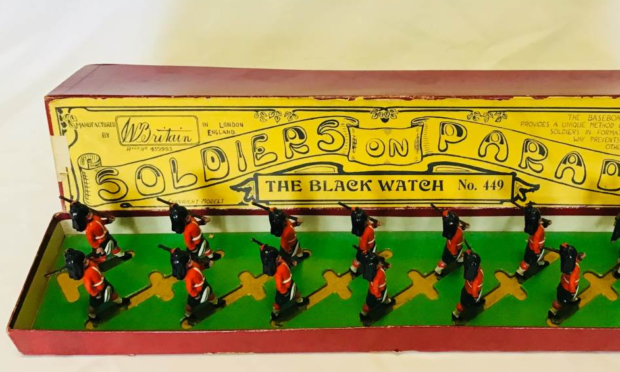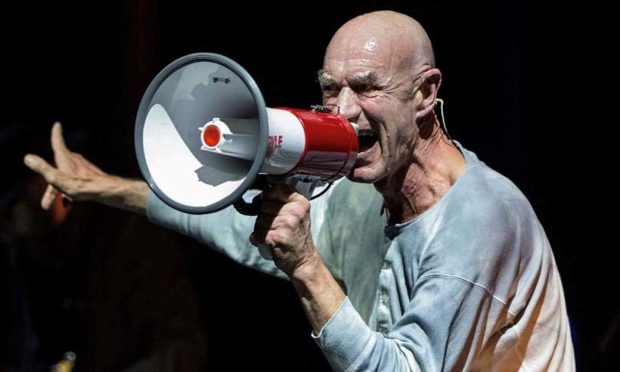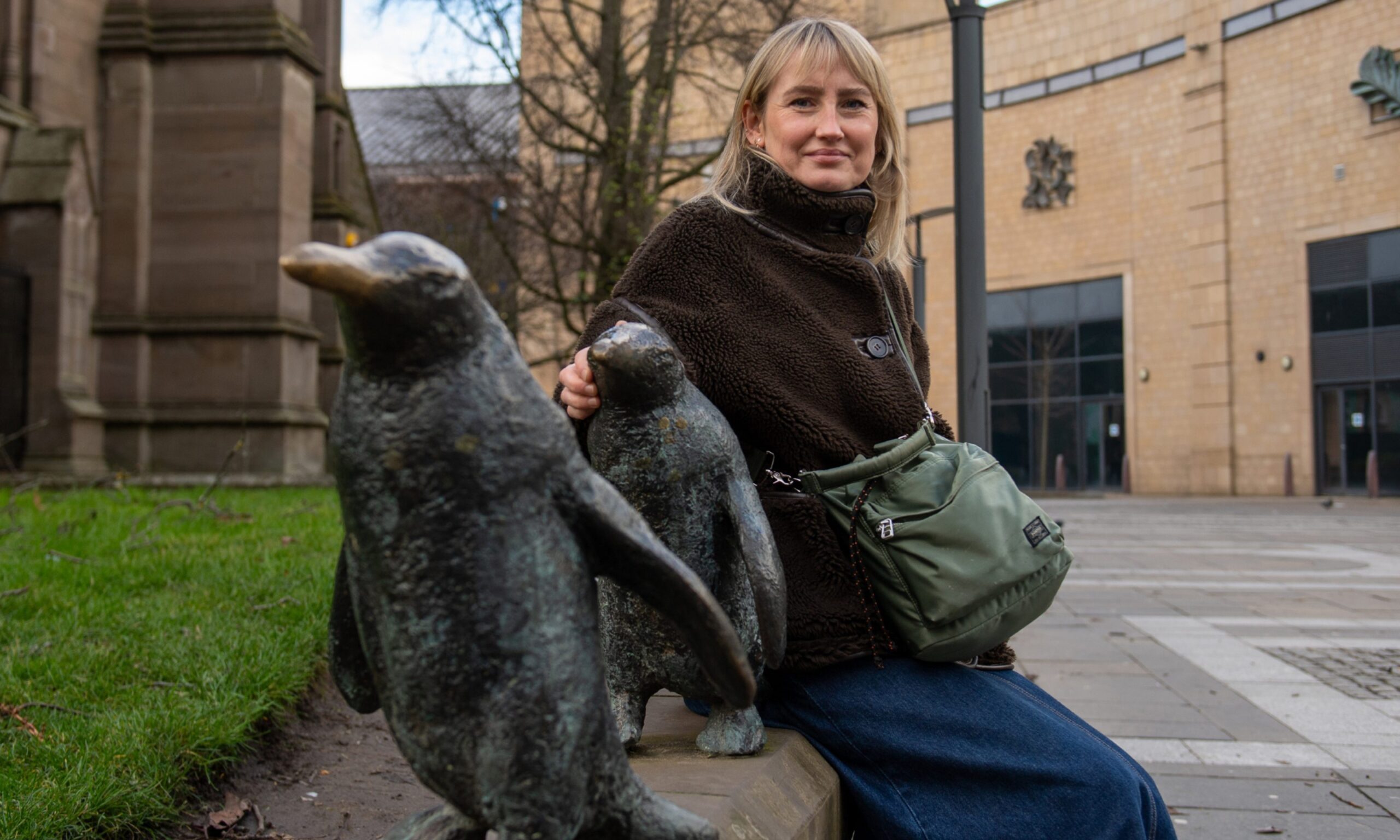Models and toys made by Dinky, Britains and Corgi have never lost their attraction – the world over – and a sale held recently by Old Toy Soldier Auctions of Pittsburgh drew global bidding.
One of the top lots (illustrated) was a boxed set of marching Black Watch ‘soldiers on parade’.
This set, No 449, was produced in 1933-35 only and was issued in small numbers. Its box was very good and the figures in excellent condition, the base of the box allowing the dozen ‘Jocks’ to be led in formation by their piper.
Pitched at $2,500-$3,500, it took a multiple $8,500 – or around £6,600.
Britains, of course, are themselves known the world over for diecast lead toy soldiers. The company was formed in Victorian London by William Britain. In 1893, he revolutionised the production of toy soldiers by inventing the process of hollow casting in lead. The style and scale of his figures became the industry standard for toy soldiers.
By the 1930s – when the Black Watch set was issued – the firm’s catalogue had expanded to 435 sets, and 20 million models a year were being produced.
Britains – and Scots regiments – did particularly well in the Pittsburgh sale.
The first set of Pipers of the Scots Guards, c1896, in Britains’ original box, tripled its pre-sale estimate to take $2,600, about £2,000.
The extremely rare Gordon Highlanders on Parade set, nine strong, with piper and troopers, produced by Britains in 1932-35, and boxed, took a double estimate $6,000 (about £4700).
A wonderful 118-piece display box of Scots Guards, also from the 1930s, the largest Britains set of infantry ever made – and in near mint condition, sold for $5,500 (£4,300).










